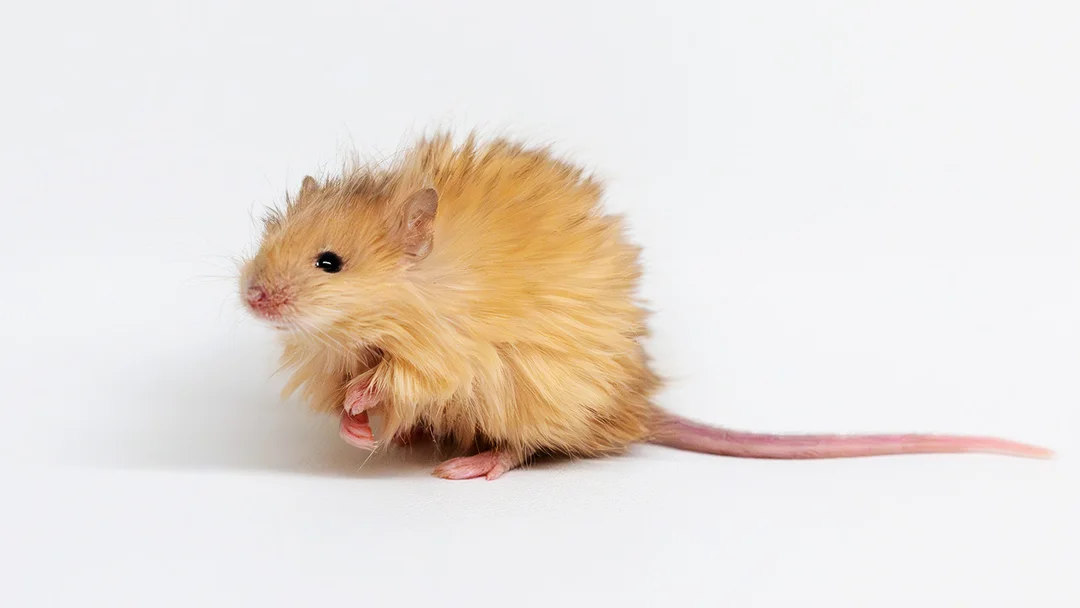
Will Genetic Engineering Bring Back the Woolly Mammoth?
Scientists are on a frontier of possibility, venturing into the intriguing domain of de-extinction. Recently, researchers have made significant strides by creating genetically altered mice known as ‘Colossal woolly mice,’ which bear a striking resemblance to the long-extinct woolly mammoths. This endeavor not only fuels excitement about bringing back extinct species but raises numerous ethical and ecological questions.
The woolly mouse, infused with eight gene edits from its mammoth ancestors, showcases some of the traits we associate with its larger counterpart, including thick, golden fur. As Beth Shapiro, an evolutionary biologist involved in this remarkable experiment, notes, their team was surprised at how “absurdly adorable” these genetically tweaked rodents turned out to be.

Despite this success, scientists caution that merely manipulating the genes of mice does not equate to bringing back a true woolly mammoth. Jacquelyn Gill, a renowned ice-age ecologist, emphasizes the distinction between an elephant and a mammoth, stating, "A mammoth is not an elephant in a fur coat." Observations from well-preserved mammoth remains indicate a plethora of genetic traits that would be impossible to replicate without complete cellular structures.
Colossal Biosciences, the company behind these initiatives, aims to create living woolly mammoths by tweaking Asian elephant genes. This venture carries immense implications. The founder, Ben Lamm, has ambitiously stated his goal to have woolly mammoth calves born by 2028. However, significant challenges abound, including the lengthy gestation period of elephants, which can last nearly two years.

Moreover, ethical issues arise regarding the use of endangered species as surrogates, making the path to de-extinction not only a scientific endeavor but an ethical debate as well. Furthermore, the ecosystems that once supported woolly mammoths have dramatically changed, posing the question: If we were to revive these creatures, would they thrive in today's environments?
The idea that mammoths could return to restore the "mammoth steppe," a once-vibrant ecosystem, is alluring but fraught with uncertainty. Gill points out that modern elephants have rich social structures and cultural knowledge that mammoths would likely lack.
In conclusion, while the prospect of de-extinction is tantalizing, it opens up challenging questions about science and nature’s complex web. Can we truly recreate a lost ecosystem, and would we know how to reintegrate such an ancient creature into the modern world? As this remarkable exploration unfolds, we invite readers to share their thoughts on the ethics of resurrecting extinct species and the potential consequences of such actions.